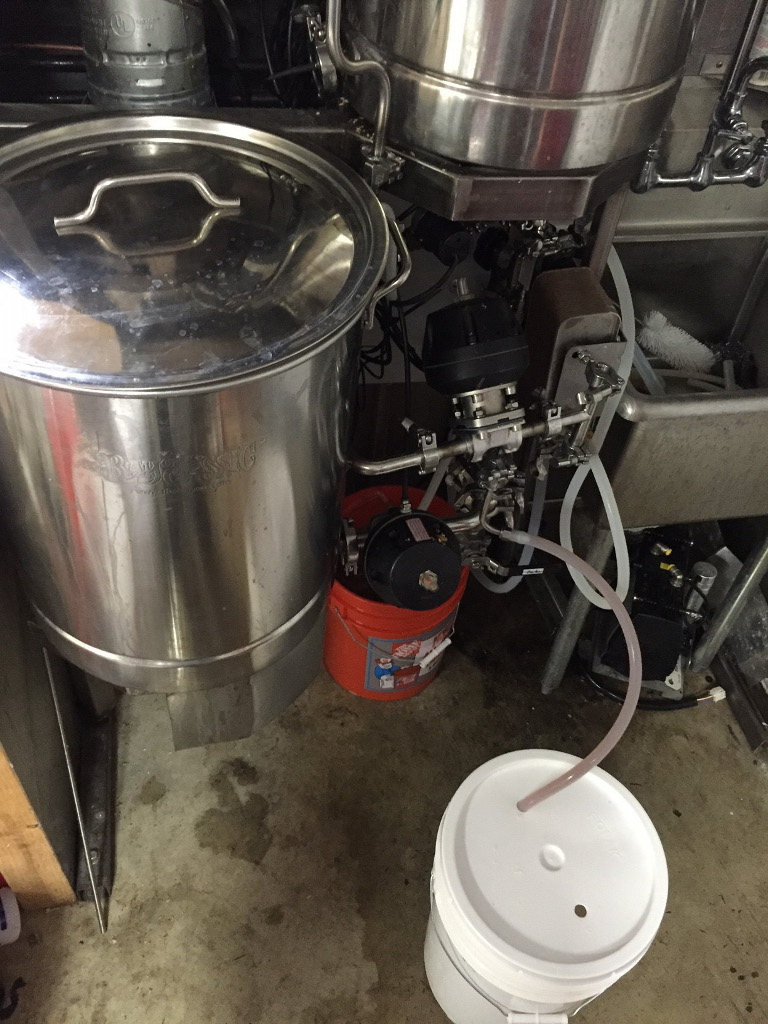Seals are fine in the valves. I don't disassemble every time, but this is what I get when I don't try to open close the valves repeatedly during the cleaning cycle. I'm sure that some of it depends on how tight the valve is assembled. When I open close repeatedly they do get cleaner..... but not enough so that I don't want to disassemble every few brews or every month.
The gunk gets inside the valve during that period of time the ball is not fully closed or open. PBW will do nothing to that valve if it is fully open or closed. You need to run your clean process with it partially open. This is a consideration/problem with automated, non-proportional ball valves. You need to cycle them multiple times if you want to get the cleaning and rinsing inside the bodies.
-BD










































![Craft A Brew - Safale BE-256 Yeast - Fermentis - Belgian Ale Dry Yeast - For Belgian & Strong Ales - Ingredients for Home Brewing - Beer Making Supplies - [3 Pack]](https://m.media-amazon.com/images/I/51bcKEwQmWL._SL500_.jpg)
















